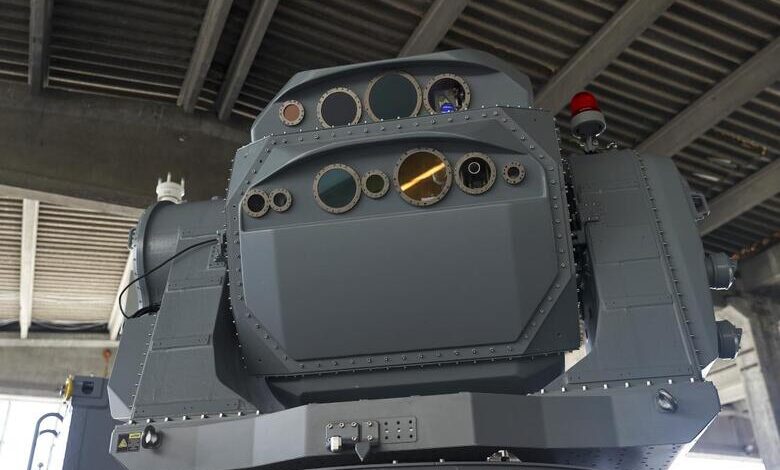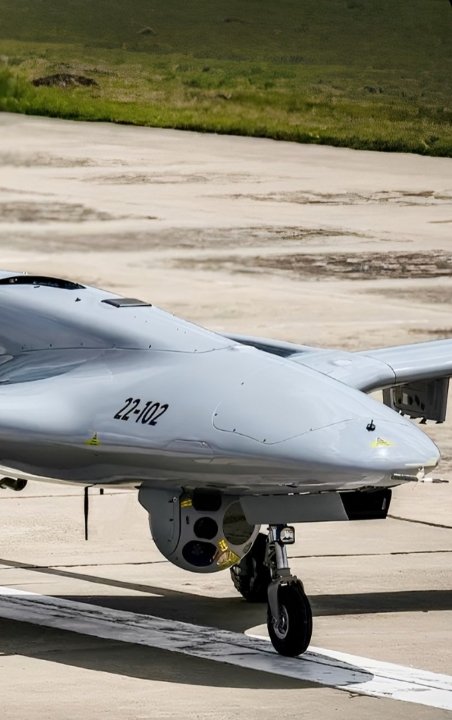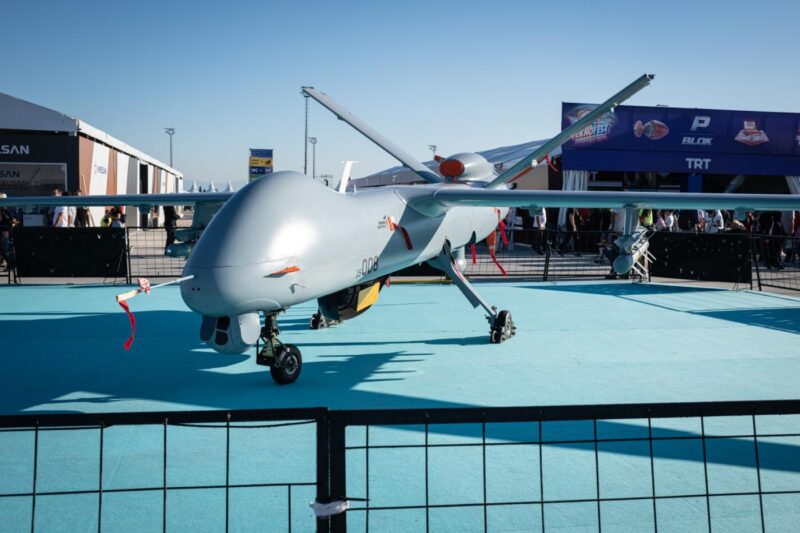CSAW
FULL MEMBER

- Joined
- Mar 9, 2022
- Messages
- 909
- Reaction score
- 1
- Country
- Location
Last edited:
Follow along with the video below to see how to install our site as a web app on your home screen.
Note: This feature may not be available in some browsers.



Obviously hellfire is fire and forget, what the **** are they talking about?

Obviously hellfire is fire and forget, what the **** are they talking about?
Even the name HELLFIRE comes from Helicopter Launched Fire and Forget. This site is quickly losing their credibility.
Even Hellfire is an old missile. There are now Non-line-of-sight missiles that are much better. JAGM is an example.
What's the point of comparing our best with their old?

for the purposes of Apache Longbow, it is fire and forget.Hellfire is semi active laser homing.

for the purposes of Apache Longbow, it is fire and forget.
and it is being replaced by JAGM anyway. US Army also tested the Brimstone and Spike NLOS as well. With spike they hit a target 32 kilometers away. launched from an apache helicopter.
I'll say it again, it is pointless to compare our latest technology to a missile US Army have been using since 1984
Congratulations we've beaten 40 year old technology.

@waz why nobody bans this clown? he addes nothing to this thread instead of trolling around with fake nameYes... Yes.... YES... ofcourse..
This is another case of Turkish superiority at hand.. Roketsan delivering the best anti-tank for the fraction of the cost of others..
Your SUPERIOR TURKISH MASTERS contine on to develop weapons that exceeds all expectations..




 www.savunmasanayist.com
www.savunmasanayist.com

The main logic of these systems is to destroy coming missiles with electro-optical seekers such as TV, IR, IIR, etc. with lasers.

The main logic of these systems is to destroy coming missiles with electro-optical seekers such as TV, IR, IIR, etc. with lasers.
Although the theoretical and conceptual studies in Turkey go back much further, in November 2007, the Naval Forces Command conducted the first laser-based electro-optical sensor detection study by creating a model of the Laser Glint Detection System (LAPTES). This was followed by the first sniper scope detection with a laser-based system (November 29, 2007), the first submarine periscope detection (October 21, 2009) and the first LAPTES prototype production (March 19, 2009).
On October 3, 2012, for the first time, a laser electronic attack on a guided projectile in the inventory was tested. As a result of this work, the NAZAR Laser Electronic Attack System Project was initiated by the Presidency of Defence Industries and the Turkish Naval Forces Command on April 4, 2016. The Laser Electronic Attack System, or LETS, developed within the scope of the NAZAR Project, which was carried out under the main contractorship of Meteksan Defence, was integrated into the TCG GÖKOVA (F-496) Frigate on November 1, 2018. Thus, for the first time, the Turkish Naval Forces has put into use a LETS with this capability.
The NAZAR LETS Project is essentially a technology demonstration. With the Laser Electronic Attack System, it has been proven that lasers can be used for air defense purposes to destroy missiles with electro-optical seeker heads.
However, after NAZER LETS, NAZAR-KARA(land) and NAZAR-DENIZ(sea) products were also planned to be developed. We estimate that the NAZAR-KARA Laser Electronic Attack System, which will be used for air defense of bases and facilities on land, has been completed and entered the inventory. NAZAR-DENIZ is a system with much more advanced features than the existing NAZAER LETS. We estimate that this system is still under development, as it will be deployed together with the TF-2000 Air Defense Warfare Destroyers.
According to information obtained by SavunmaSanayiST.com, the SSB and the Turkish Naval Forces Command were very satisfied with the performance of NAZER LETS during the acceptance activities. For this reason, it may be possible to integrate NAZAR-DENIZ into many platforms in the inventory, especially the İSTİF Class Frigates, instead of only the TF-2000. If such a decision is taken, it is estimated that the NAZAR-DENIZ Project will will become widespread rapidly, independently of the TF-2000.
*
In this respect, naval platforms, esp large ships are a suitable development area for the widespread use of these type systems.






 www.military.africa
www.military.africa
